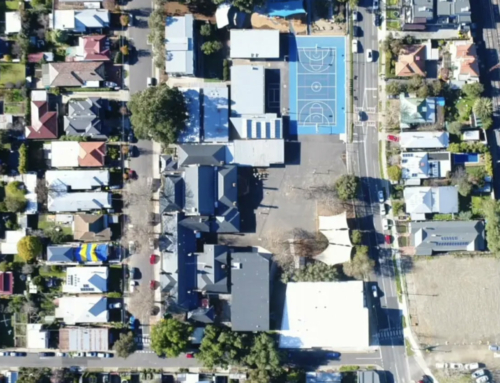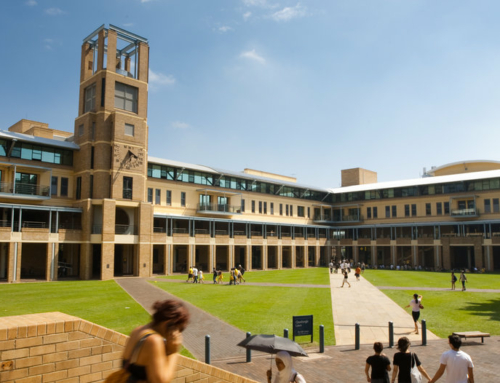There is much evidence pointing to the primary benefits of cool roof membranes. Specifically, a cool roof membrane lowers the internal temperature of a building reducing reliance on air-conditioning and the associated carbon footprint.
Cool Roof associations from around the world agree on these points and governments in many jurisdictions mandate the use of cool roofs in building codes. What’s interesting now is the emergence of evidence of secondary benefits from the use of cool roofs associated with air conditioning and solar panels or photovoltaic cells (PV).
While the science is still catching up, logic would suggest that roof mounted solar panels (PV) benefit from the use of a heat reflective paint to create a cool roof. The thinking behind this revolves around the fact that PV has an optimal temperature range as advised by manufacturers. While many people may assume that a hotter day is a better day for the use of PV this is not the case. The optimum temperature for most PV is around 25 degrees Celsius. Unfortunately, on a hot day the microclimate on a roof can be over twice that and the effectiveness of a panel to produce power drops off at an increasing rate as temperatures increase. The use of a heat reflective paint helps to create a much kinder microclimate and as such improves the performance of PV cells.
Further to this is the advent of double sided or bifacial cells. Traditional PV cells are single sided and only collect direct sunlight. Conversely, bifacial cells work by collecting sunlight directly and sunlight reflected from the surface they are mounted on. As a cool roof is highly reflective, early research suggests that cool roofs and green roofs improve the performance of this new technology. All of this reduces reliance on fossil fuels, saving money and reducing emissions.
Similarly, the more moderate roof microclimate that cool roof membranes create, assist in with roof mounted air-conditioning (HVAC). When a cool roof is installed using heat reflective paint a HVAC system is no longer working with hot air, giving the whole system a massive head start. Further to this, roof mounted ducts that are treated with heat reflective paint are not getting hot. Both effects mean that down the line the HVAC system is not under the same stress. It is dealing with cooler air from the very beginning and once again this results in lower power usage and lower emissions not to mention a lower investment requirement (you don’t need the same size HVAC) and lower maintenance costs for a machine that isn’t working as hard.









